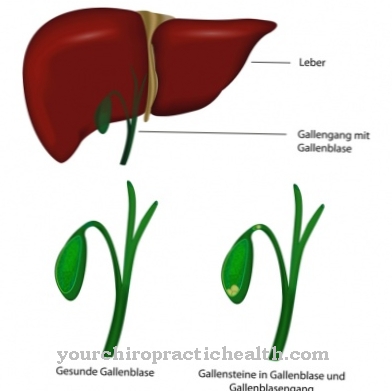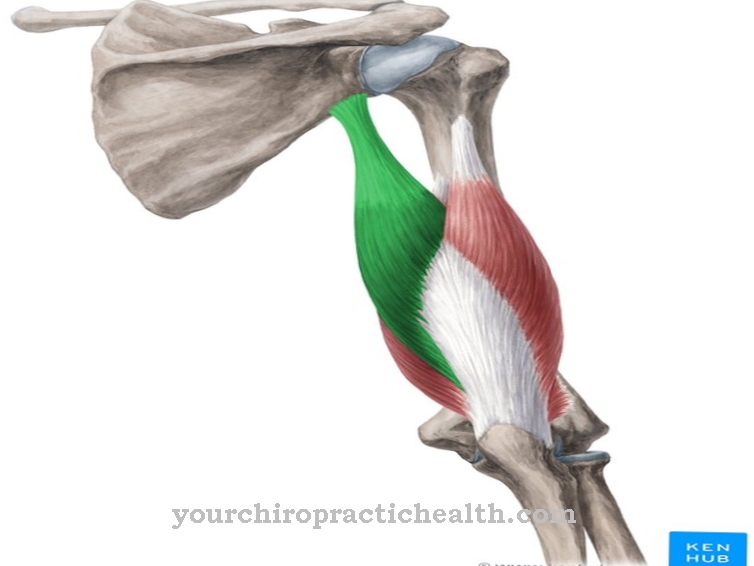Keep an eye on your pulse. Increased heart rate means increased risk.
In medicine, the pulse describes the primarily qualitative effects of cardiac actions on the direct environment and regions further away from the body, which in turn are reached through the vascular system. This allows conclusions to be drawn about the effectiveness of the heart's actions and their regularity, but also about the filling volume of the vessels and the absolute pressure in them. Not only is the pulse differentiated into a total of three variations, doctors also differentiate between the quality and the quantity of the pulse.
The pulse types & variations

In order to be able to differentiate between variations and types of the pulse, one has to understand that this always describes a transmission of heart actions through vessels - also known to non-medical practitioners through throbbing and knocking noises. If the heart's actions are forwarded backwards or against the blood flow, one speaks of a retrograde pulse, while the forward movement with the blood flow is called an anterograde pulse.
A retrograde conduction has a direct influence on the venous pulse, while the arterial pulse is determined by an anterograde conduction. In medicine, the pulse is divided into three official variations.
The venous pulse is naturally weaker and is determined by several factors, such as the position of the body, breathing and the workload of the body. The paradoxical pulse is rarer and only occurs when an irregular drop in blood pressure amplitude can be detected. This can be a sign of a life-threatening condition. The resting heart rate is the most "decreased" variant of the heart rate. Its frequency varies depending on age, clinical picture and workload.
A healthy adult has an average resting heart rate of around 60 to 80 beats per minute. In trained athletes, this is around 40 beats per minute, as the lung volume is greatly increased due to regular physical activity.
Measure your pulse - & why it's worth it
The pulse can be measured in different ways and with different devices. The traditional measurement takes place on the wrist on the thumb side or on the carotid artery. Measurements in the hollow of the knee, on the groin or on the abdominal aorta are less common.
By using heart rate monitors, both permanent and point measurements can be carried out. The great advantage of the practical watches, which visually hardly differ from a classic wristwatch, is their handiness and light weight. For this reason, heart rate monitors from Beurer, for example, are particularly popular with athletes during training in order to measure both their average and maximum heart rates. The results provide, among other things, an overview of the level of physical activity and fat burning.
Heart rate monitors are also recommended for people with known heart problems in order to detect extreme changes in heart rate early on. High-quality watches deliver an EKG-accurate heart rate measurement and are considered extremely reliable. If you notice that your heart rate is too high, which is not the result of high physical activity, it must be counteracted with some effective methods. For example, the following means are available:
- Lie down, reduce physical activity to a minimum and relax
- calm the mind through pleasant ideas
- Slow down breathing in a targeted manner
If the pulse remains at a drastic level, a doctor should be consulted. Particular caution should be exercised in patients with heart problems (or such problems in the family tree).
Heart rate monitors can then be used as a preventive element and as an additional monitoring tool. Even if they are not a substitute for medical surveillance, they offer their wearers additional security and can already provide the first signs when heart problems may become acute.
If there is no known heart problem and cannot be diagnosed, further examinations by a doctor are recommended. Stress or psychosomatic problems can also result in an increased heart rate. While the heart rate monitors are mainly known to the general public as a supplementary instrument for athletes, especially runners and extreme athletes, the useful helpers on the wrist certainly offer numerous other advantages. The medically almost exact measurement of the watches contributes significantly to this.









.jpg)













.jpg)



.jpg)
